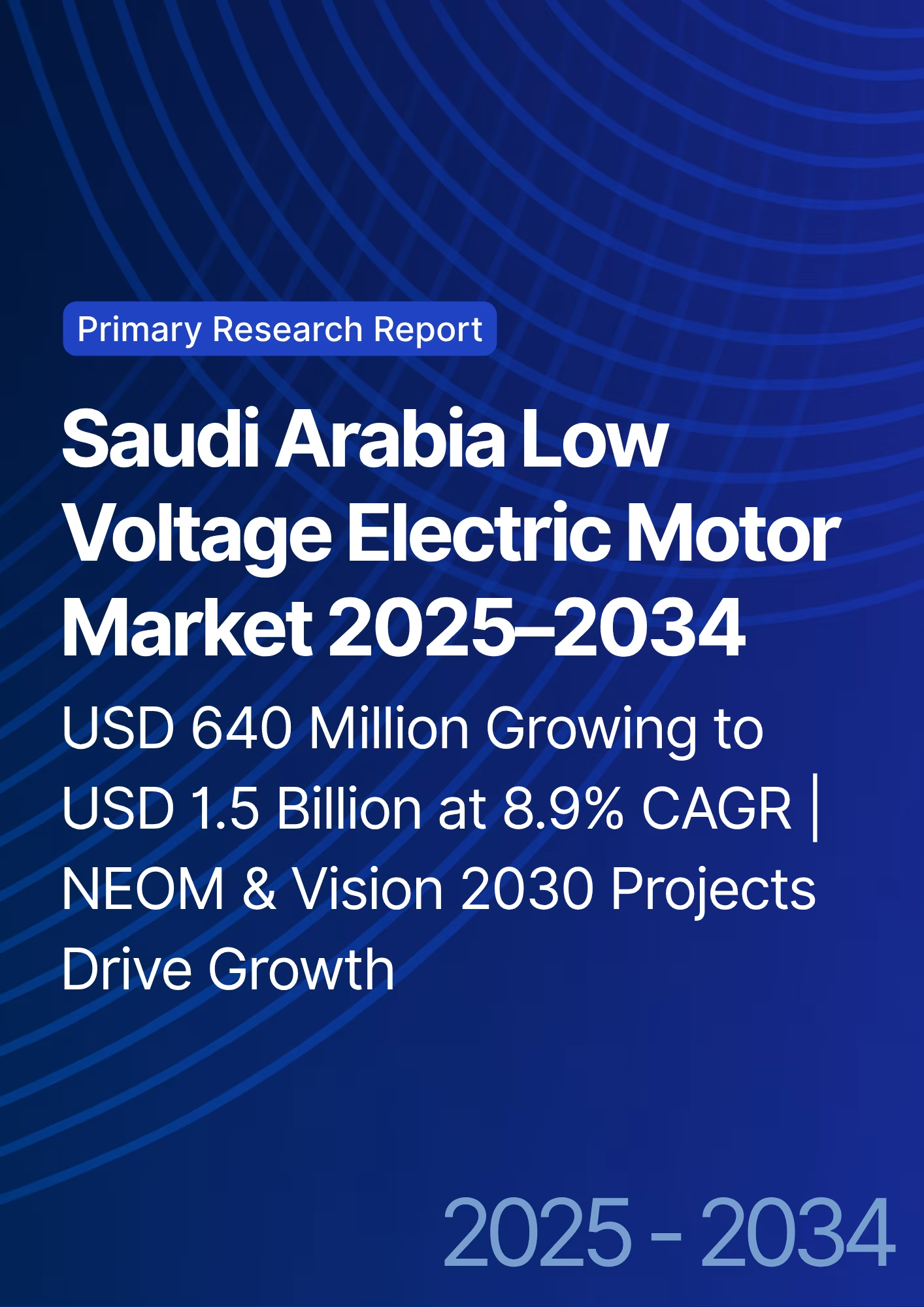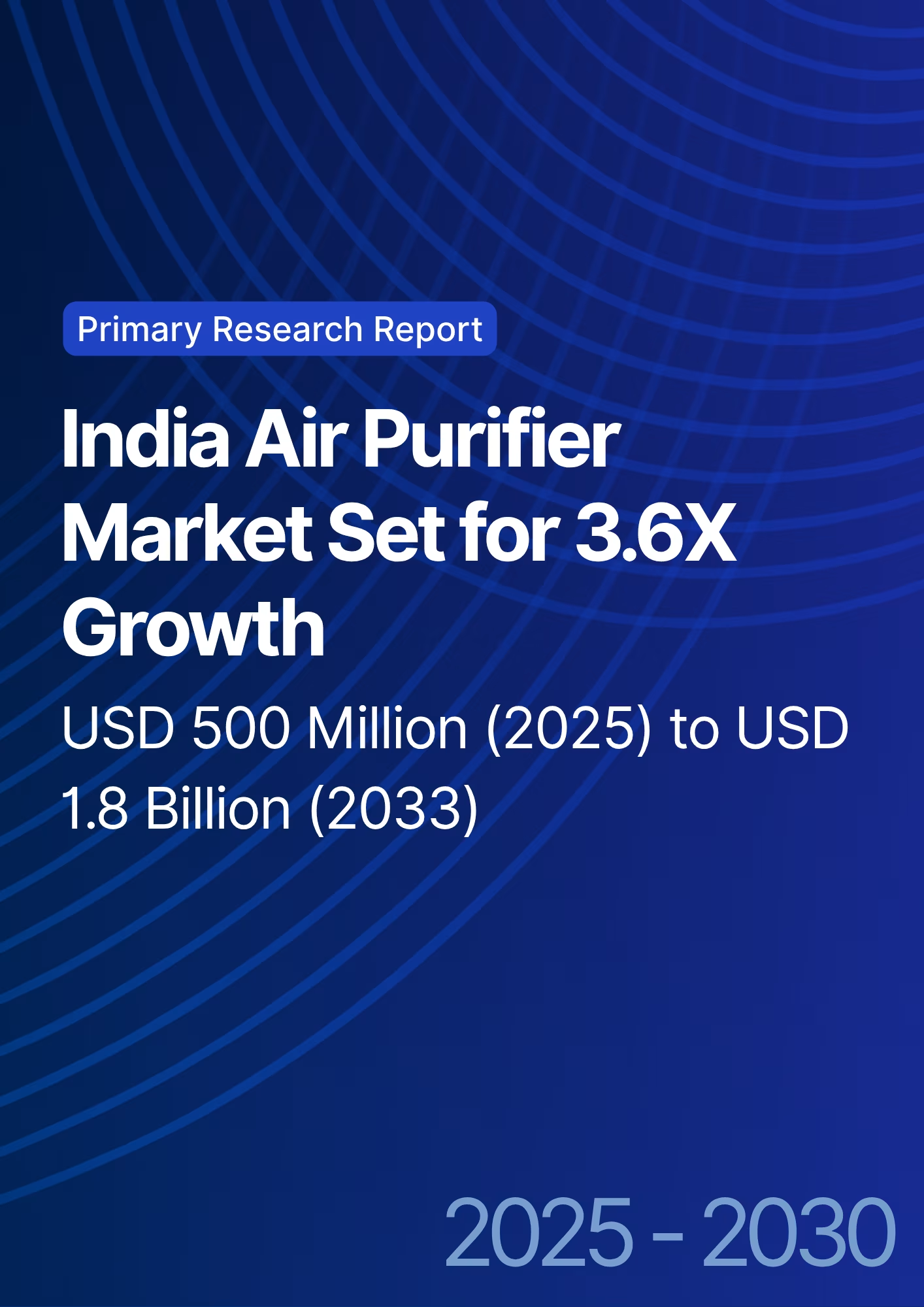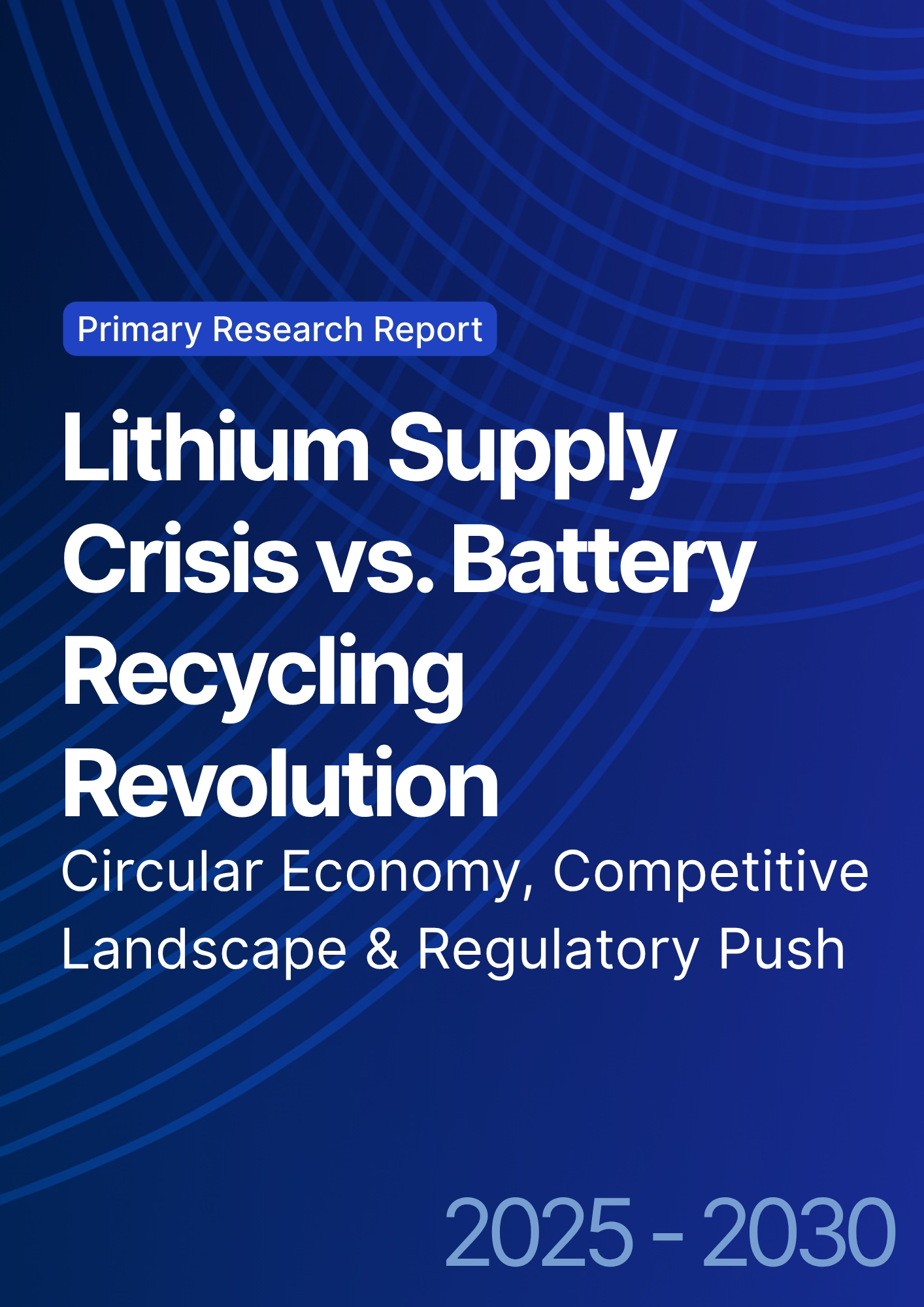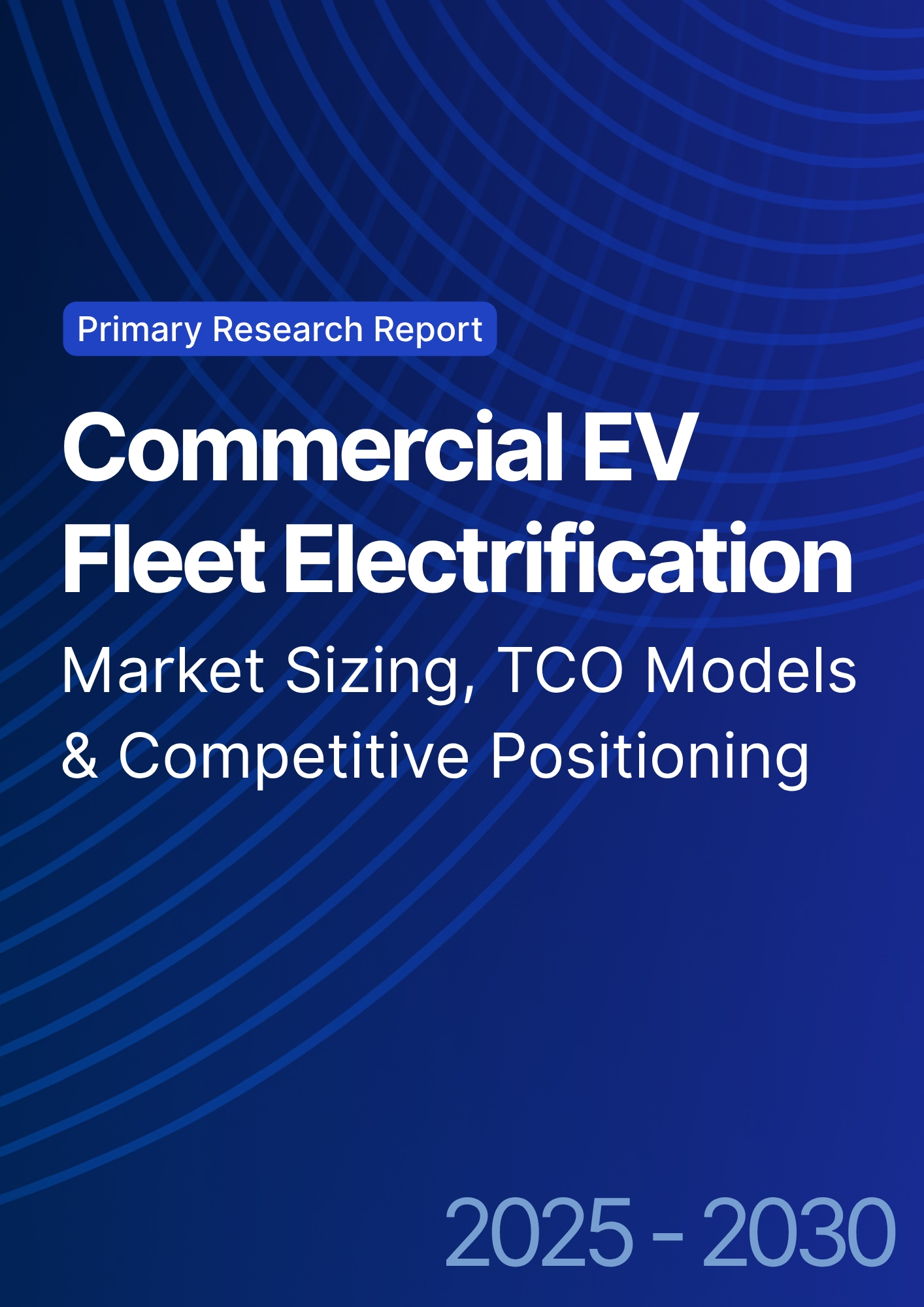

68 Circular Road, #02-01 049422, Singapore
Revenue Tower, Scbd, Jakarta 12190, Indonesia
4th Floor, Pinnacle Business Park, Andheri East, Mumbai, 400093
Cinnabar Hills, Embassy Golf Links Business Park, Bengaluru, Karnataka 560071
Connect With Us
Coastal Erosion Mitigation and Shoreline Engineering: Geotextile Solutions & Nature-Based Hybrid Systems
Europe’s coasts face accelerating erosion from sea-level rise, storm surge, and subsidence. Between 2025 and 2030, Germany and Europe will scale a dual toolkit: (1) engineered geotextile systems (tubes, sand containers, geogrids, geocells) that rapidly stabilize shorelines and protect infrastructure; and (2) nature‑based, hybrid solutions (dunes, beach nourishment with nearshore bars, salt‑marsh/mangrove revival in suitable climates) that restore sediment dynamics and dissipate wave energy. The strategy mix is site‑specific exposure, bathymetry, sediment budgets, ecological constraints, tourism values, and maintenance windows all shape selection and increasingly multi‑phase: quick‑win stabilization followed by long‑life hybridization. Geotextile systems deliver speed, modularity, and attractive unit costs per protected meter, with lower embodied carbon than concrete seawalls. Designs include shore‑parallel tubes for wave attenuation, geotextile sand containers integrated into revetments, and geocell confinement to resist scour.
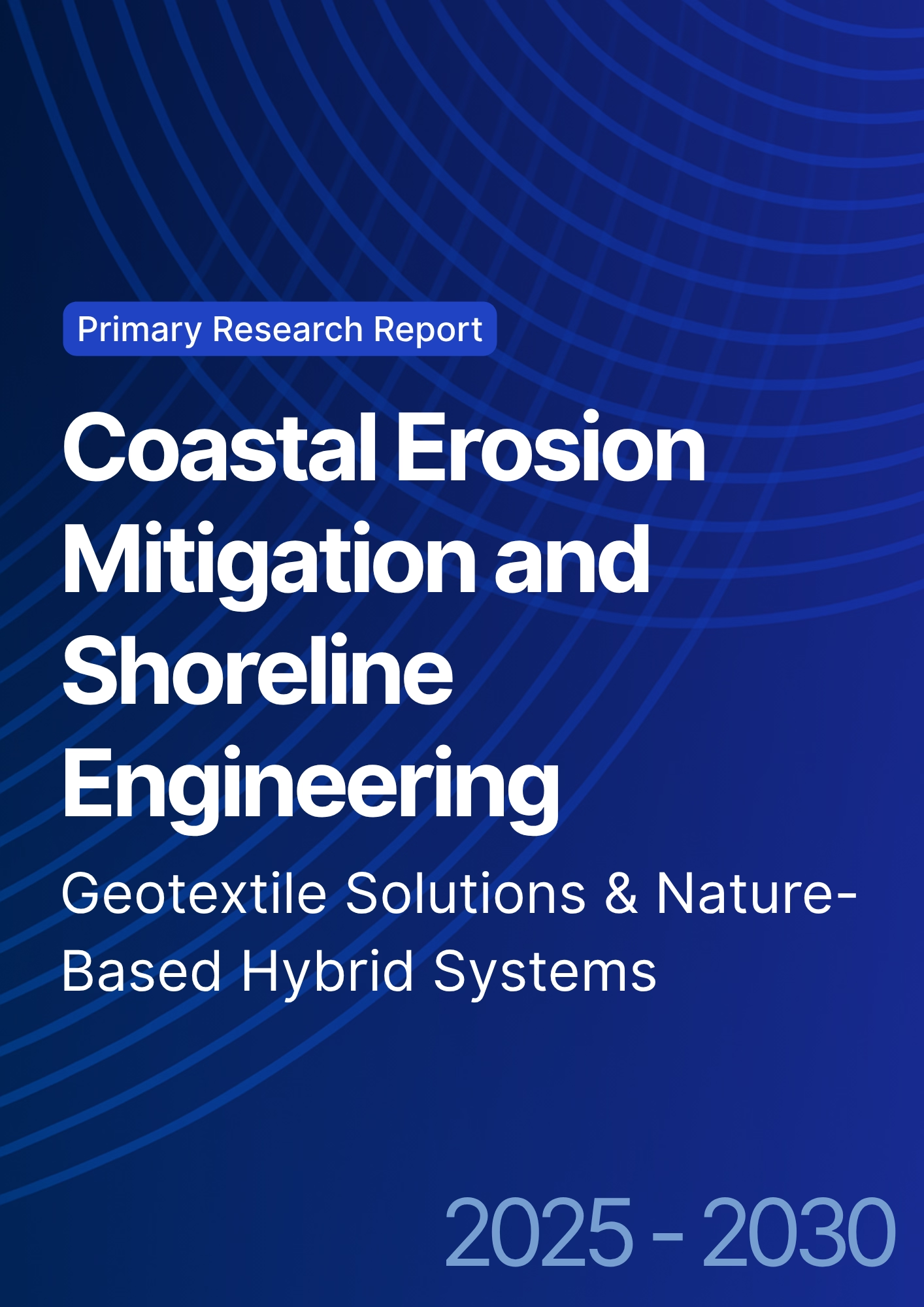
What's Covered?
Report Summary
Key Takeaways
1) Geotextile systems provide fast, modular protection at lower unit cost and embodied carbon than concrete.
2) Hybrid designs (dunes + geotextiles + nourishment) increase resilience and reduce whole‑life cost.
3) Performance‑based procurement with warranties (crest/recession KPIs) improves bankability.
4) Monitoring tech (UAV, LiDAR, pressure sensors) enables predictive O&M and transparent reporting.
5) Design must reflect sediment budgets, wave climate, and tourism access one size does not fit all.
6) Nature‑positive outcomes (habitat creation) unlock co‑funding and public acceptance.
7) Standardized detail libraries and pre‑approved specs shorten permitting and delivery time.
8) Phased delivery: rapid stabilization now, hybrid maturation over 3–5 years.
Key Metrics

Market Size & Share
European coastal protection spend is expanding as adaptation funding scales and procurement shifts toward performance‑based contracts. Our illustrative scenario indicates market value rising from ~€3.2B in 2025 to ~€6.7B by 2030 (≈15% CAGR), with Germany, the Netherlands, Denmark, and the Nordics capturing an outsized early share due to established coastal agencies, engineering capacity, and pilot‑to‑program transitions. France and the UK & Ireland follow as shoreline management plans migrate from studies to capital works. Southern Europe expands later, driven by tourism corridor protection and EU co‑funding.
Share dynamics depend on (1) policy and funding velocity; (2) cluster able projects that leverage shared mobilization and monitoring; (3) supply chains for geotextiles, marine plant, and dredging; and (4) acceptance of hybrid concepts in planning codes. Vendors with standardized detail libraries and repeatable designs will capture framework agreements and achieve scale benefits. As hybrid projects accumulate, maintenance markets (renourishment, dune management, sensor calibration) grow as a recurring revenue layer.
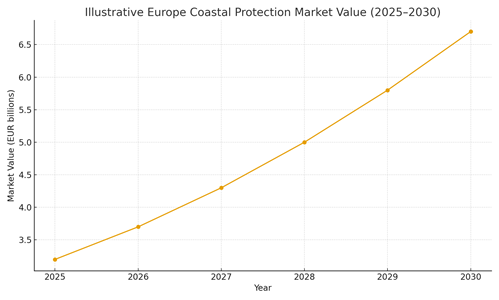
Market Analysis
Unit‑cost comparisons show geotextile solutions competing favorably against hard structures. Our illustrative averages range €380–€450/m for geotextile sand containers and tubes, ~€700/m for rock revetments, and €1,000–€1,200/m for concrete seawalls. Hybrids (dune rebuild + geotextile cores + nourishment) typically sit ~€520/m but can reduce whole‑life cost by lowering damage and O&M. Cost drivers include fabric grade and UV resistance, scour depth, wave climate, access logistics, and availability of compatible sand. Productivity improves with modular prefabrication, GPS‑guided placement, and concurrent monitoring setup.
Risk/return levers: performance‑based contracts that specify crest elevation, overtopping frequency, and recession limits; warranties on seams/anchorages; and monitoring SLAs with public dashboards. Portfolio risk is mitigated by staggering sites across exposure classes and synchronizing works with dredging windows. Where visual impact and embodied carbon matter, hybrids can replace seawalls to meet planning acceptance and ESG objectives.

Trends & Insights
Nature‑positive engineering gains policy traction, with specifications rewarding habitat creation and dune vegetation success metrics. Digital twins and numerical morpho dynamic models integrate real‑time sensor feeds to optimize nourishment timing. Prefabricated geotextile modules standardize quality and cut installation time. Tourism‑sensitive corridors adopt low‑visual‑impact dunes with managed access and smart fencing. Financing evolves toward resilience bonds and performance‑linked payments. Insurance markets increasingly recognize hybrid systems’ damage‑reduction potential, lowering premiums where verified. Procurement shifts from low‑bid to value‑for‑money frameworks that incorporate lifecycle cost, downtime, and ecosystem outcomes.
Segment Analysis
Municipalities & Coastal Agencies: focus on protecting communities and transport corridors; prefer hybrids to balance amenity with protection. Ports & Industrial Sites: require higher crest and stricter overtopping targets; geotextile cores with armor overlays provide robustness and speed. Tourism & Real Estate: prioritize visual impact and access; dune‑centric designs with concealed geotextile cores are favored. Environmental NGOs & Foundations: co‑fund nature‑positive pilots; demand rigorous monitoring and biodiversity indicators. Contractors & EPCs: seek multi‑year frameworks; competitive edge in modularity, marine logistics, and QA of geotextile fabrication.
Geography Analysis
Readiness is highest in the Netherlands and Germany (North Sea/Baltic) due to mature coastal governance, funding, and engineering capacity. Denmark and the Nordics follow, combining proactive adaptation with strong monitoring culture. UK & Ireland and France ramp projects as SMPs transition to funded works. Spain/Portugal and Italy accelerate in tourism corridors where hybrid designs align with amenity goals. The Baltics and CEE coastal states build programs with EU support, often starting with pilot dunes and geotextile revetments while storage and dredging logistics are established.
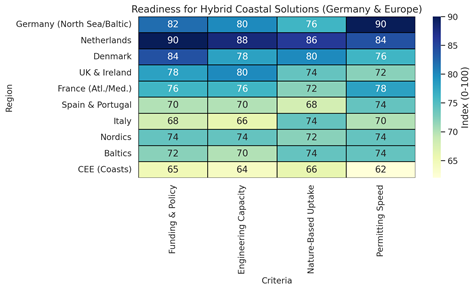
Competitive Landscape
Competitors span geotextile manufacturers, coastal engineering designers, marine contractors, dredging firms, monitoring vendors, and ecological specialists. Differentiation centers on fabric performance (tensile strength, seam strength, puncture/UV resistance), modular design libraries, rapid mobilization, and validated monitoring. Partnerships between geotextile OEMs and coastal EPCs are forming to offer design‑supply‑install O&M bundles with performance guarantees. Vendors offering digital twins and transparent dashboards gain procurement advantage. As frameworks expand, scale benefits accrue to platforms that can replicate hybrid designs across multiple municipalities while tailoring to local sediment dynamics.
Report Details
Proceed To Buy
Want a More Customized Experience?
- Request a Customized Transcript: Submit your own questions or specify changes. We’ll conduct a new call with the industry expert, covering both the original and your additional questions. You’ll receive an updated report for a small fee over the standard price.
- Request a Direct Call with the Expert: If you prefer a live conversation, we can facilitate a call between you and the expert. After the call, you’ll get the full recording, a verbatim transcript, and continued platform access to query the content and more.


68 Circular Road, #02-01 049422, Singapore
Revenue Tower, Scbd, Jakarta 12190, Indonesia
4th Floor, Pinnacle Business Park, Andheri East, Mumbai, 400093
Cinnabar Hills, Embassy Golf Links Business Park, Bengaluru, Karnataka 560071
Request Custom Transcript
Related Transcripts
$ 1445


68 Circular Road, #02-01 049422, Singapore
Revenue Tower, Scbd, Jakarta 12190, Indonesia
4th Floor, Pinnacle Business Park, Andheri East, Mumbai, 400093
Cinnabar Hills, Embassy Golf Links Business Park, Bengaluru, Karnataka 560071





